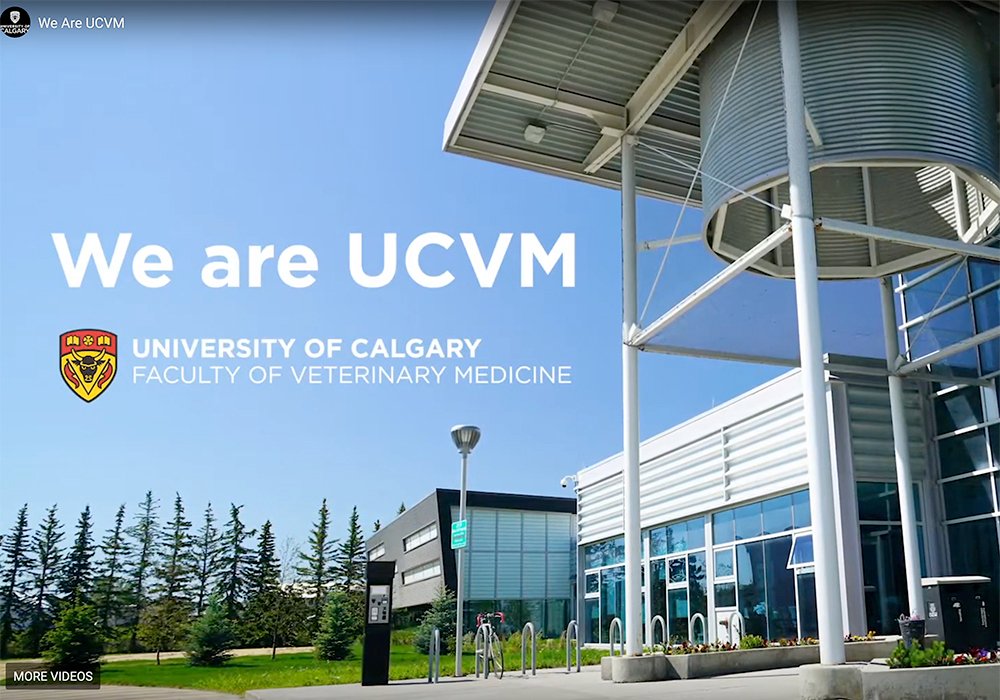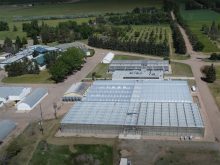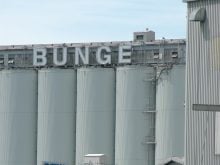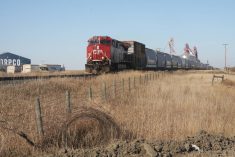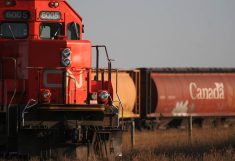The Alberta government will be providing a further $8.4 million to help ease a critical shortage of veterinarians that is increasingly affecting the province’s farmers and ranchers.
Annual student enrolment will be doubled under a major three-year expansion of the University of Calgary’s Faculty of Veterinary Medicine. The funding will be used to hire more instructors.
Provincial officials had announced Feb. 24 that $59 million was to be earmarked for the project, bringing the current total for the initiative to $67.4 million. Premier Jason Kenney said May 10 he has heard about the shortage of veterinarians everywhere he goes in rural Alberta.
Read Also
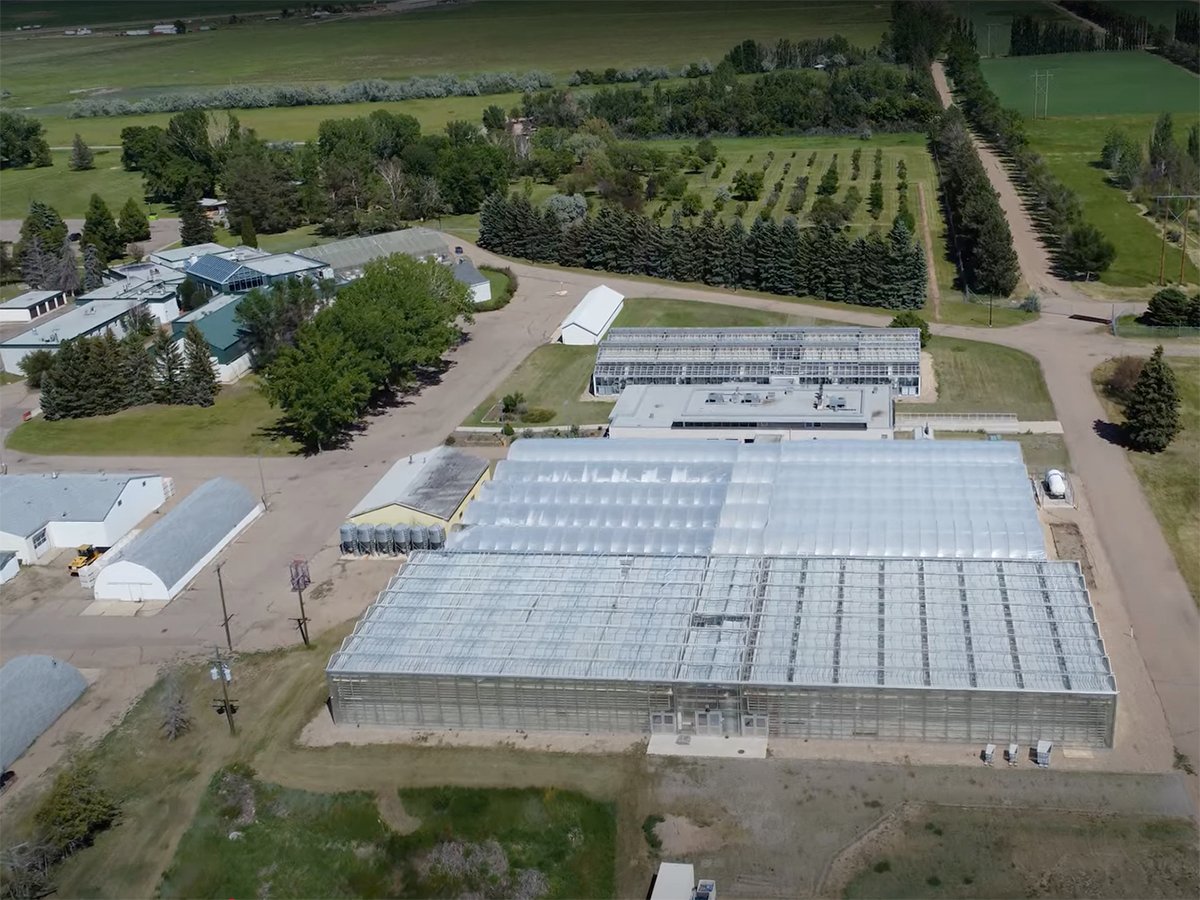
Alberta crop diversification centres receive funding
$5.2 million of provincial funding pumped into crop diversity research centres
“Now these investments won’t change our situation overnight,” he warned during a news conference at the faculty.
“There’s a lot of work needed to realize this expansion, and I know the U of C is eager to get shovels in the ground.”
Dealing with the shortage is “going to take a multifaceted, multi-pronged approach, and it will take years and we are competing against other jurisdictions,” said agriculture minister Nate Horner.
“This is a global challenge, so we’ll all need to work together.”
Faculty dean Renate Weller described the shortage as a leaky bucket in which efforts to expand the number of veterinarians are being counteracted by retirement and early attrition due to stress.
Horner called it a very demanding, tough lifestyle.
“The suicide rates are high. You’ve gone to school for a very long time. It maybe isn’t always as rewarding as you’d hoped. I hope that’s not the case, but it’s difficult, is my point.”
The security of the province’s food supply depends on veterinarians, said Natasha Kutryk, who is the Alberta Veterinary Medical Association’s vice-president for the south region.
“There has been perhaps no greater time when we are in need of help,” she said.
“But today in Alberta, there is a need for more than 865 veterinarians and veterinary technologists. By 2040, without any sustainable investment or action, that number is expected to grow more than three and a half times, leaving Alberta short more than 3,300 professionals. We are in a crisis.”
As a large animal veterinarian and cattle producer, Kutryk said this doesn’t mean people aren’t able to get assistance for their animals.
“All animals are still being tended to, but what that looks like for our farmers and those in agriculture, it means longer drives to different practices, it means longer wait times, it means longer nights and days by veterinarians, which to Dr. Weller’s point is part of the leaky bucket (of) stress and demand on them.”
However, it is becoming an animal welfare issue, especially in more remote rural areas, Alberta Beef Producers chair and veterinarian Melanie Wowk said during an earlier interview. It is affecting producers in sectors ranging from beef, chicken and pork to sheep and goats, she added.
The provincial government is providing $59 million to the veterinary faculty to build facilities such as lecture theatres for an additional 50 students. The funding was announced as part of a speech Feb. 24 outlining the 2022 provincial budget.
The first full intake of up to 100 students is expected to take place in three years. They will be part of a four-year program, meaning they would graduate seven years from now.
The faculty currently has seven times more applicants than it can graduate, said advanced education minister Demetrios Nicolaides.
“Increasing spaces in this high-demand occupation will ensure more young Albertans can find rewarding career opportunities right here at home.”
Weller said the faculty is “running as fast as we can, but we need a few years to produce those veterinarians for Alberta.”
As a result, short- and medium-term solutions to the shortage are also needed, including bringing in veterinarians from other countries, she added.
“We are ready to help onboarding those people. We already have plans for micro-credentials so we can make sure those people that come in fit the market.”
However, other countries are also facing shortages of veterinarians, said Kutryk. As a result, other solutions that “many people are working very, very hard on” include better mobilizations of registered veterinary technologists, she added.
Weller said the faculty is also working with the provincial veterinarian association to create a tele-support network to provide the clinical and personal mentorship needed by rural veterinarians.
“I’ve worked in a rural area and it’s stressful to be on your own out there, especially when it’s cold and dark.”
As someone who is also a rancher, Horner said he has personally felt the impact of the veterinarian shortage.
“Modern agriculture is a highly skilled, highly technical occupation,” he said.
“Farmers and ranchers today are educated, innovative businesspeople. They need the support of skilled experts like veterinarians to be successful.”
Contact doug.ferguson@producer.com


